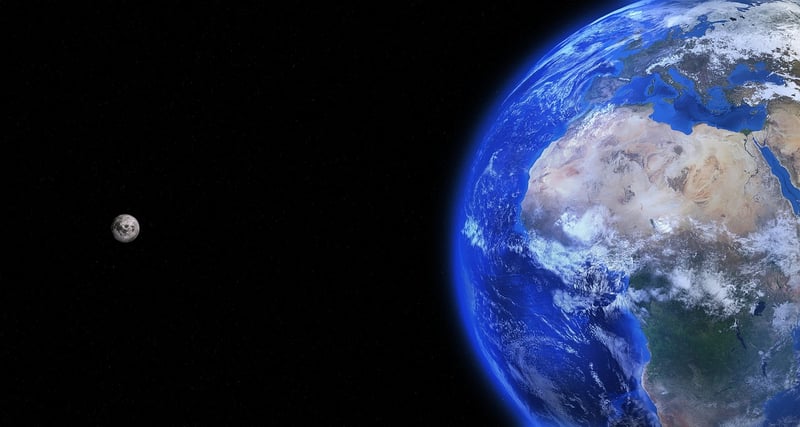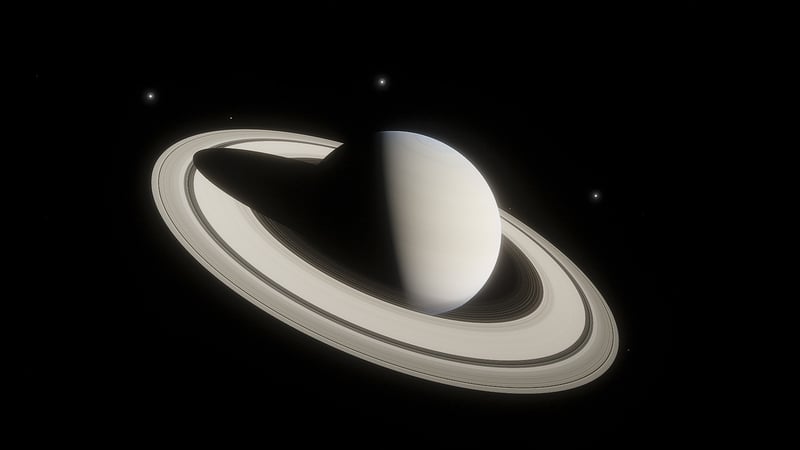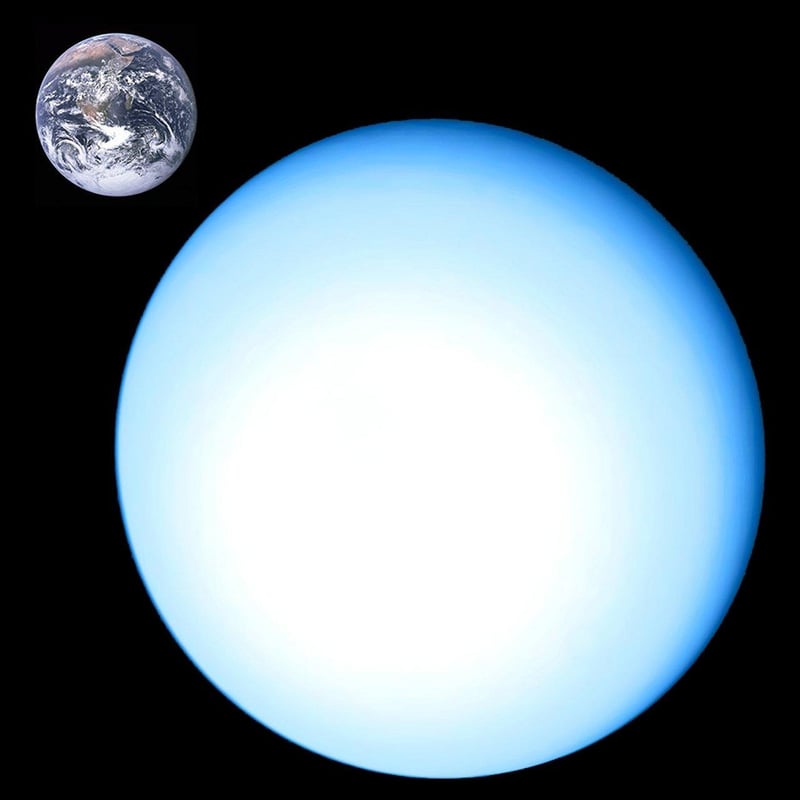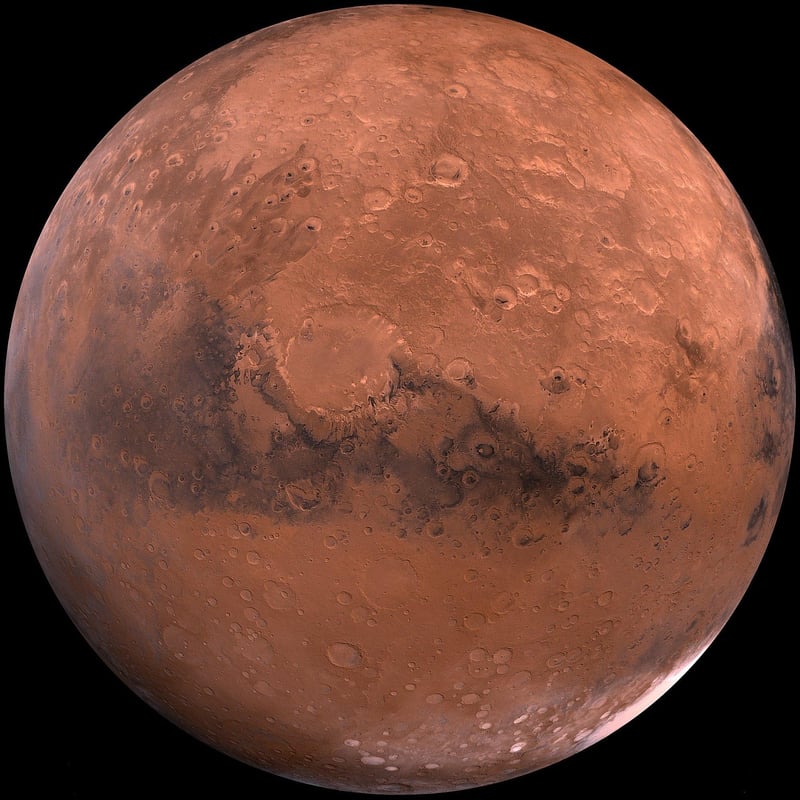Planetary Classification
Exploring the Cosmos: A Guide to Planetary Classification
Welcome to our guide on planetary classification! Whether you're a seasoned astronomer or just starting to explore the wonders of the cosmos, understanding the different types of planets can enhance your stargazing experience. Let's delve into the diverse world of celestial bodies that make up our universe.
Types of Planets
Planets are broadly categorized based on their characteristics and composition. Here are the main types:
1. Terrestrial Planets
Terrestrial planets, also known as rocky planets, are primarily composed of silicate rocks or metals. They have solid surfaces and include planets like Mercury, Venus, Earth, and Mars.

2. Gas Giants
Gas giants are massive planets primarily composed of hydrogen and helium. They have thick atmospheres and include Jupiter, Saturn, Uranus, and Neptune.

3. Ice Giants
Ice giants are similar to gas giants but have a higher proportion of "ices" such as water, ammonia, and methane. Uranus and Neptune are classified as ice giants.

4. Dwarf Planets
Dwarf planets are celestial bodies that have not cleared their orbital path of debris, unlike full-fledged planets. Pluto, Eris, Haumea, Makemake, and Ceres are classified as dwarf planets.

Conclusion
By understanding the different types of planets in our solar system and beyond, you can appreciate the vast diversity of celestial bodies that exist in the cosmos. Whether you're marveling at the rocky surfaces of terrestrial planets or the majestic gas giants with their swirling storms, each type offers a unique perspective on the universe we call home.
Happy stargazing!
